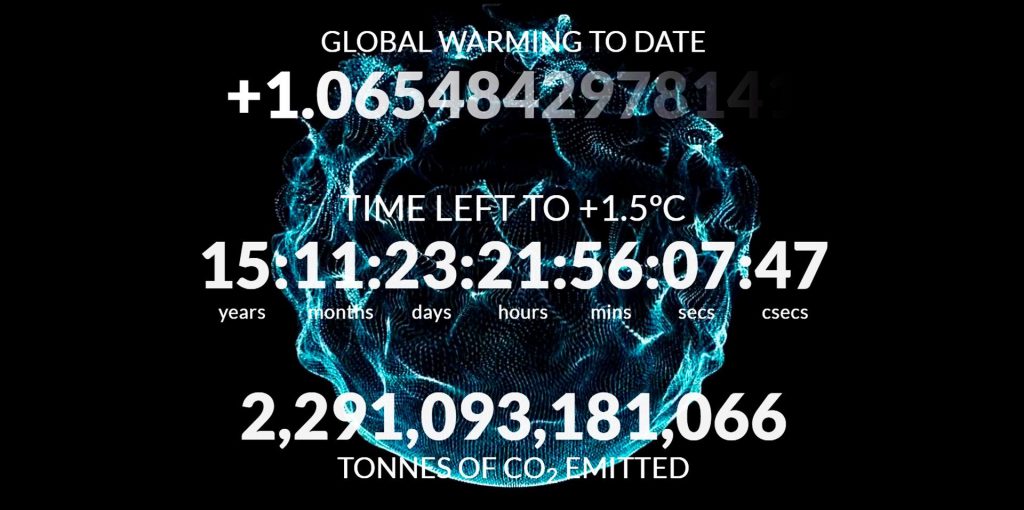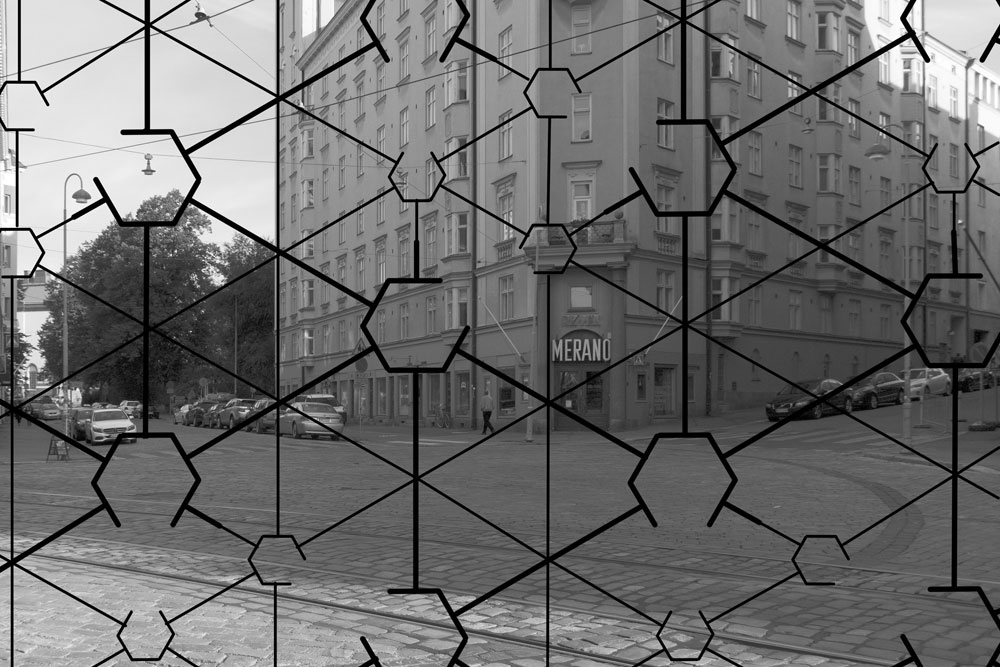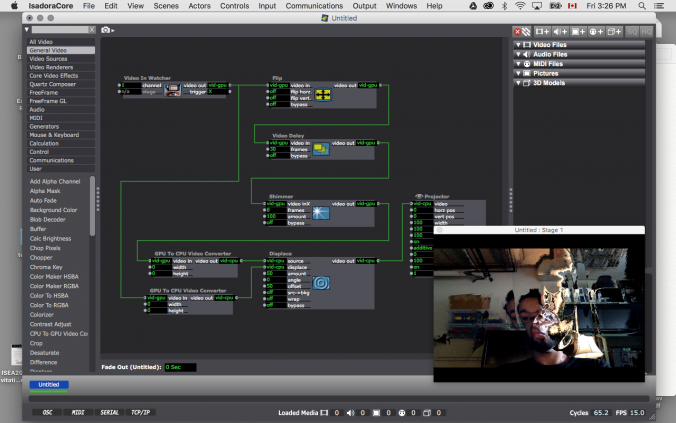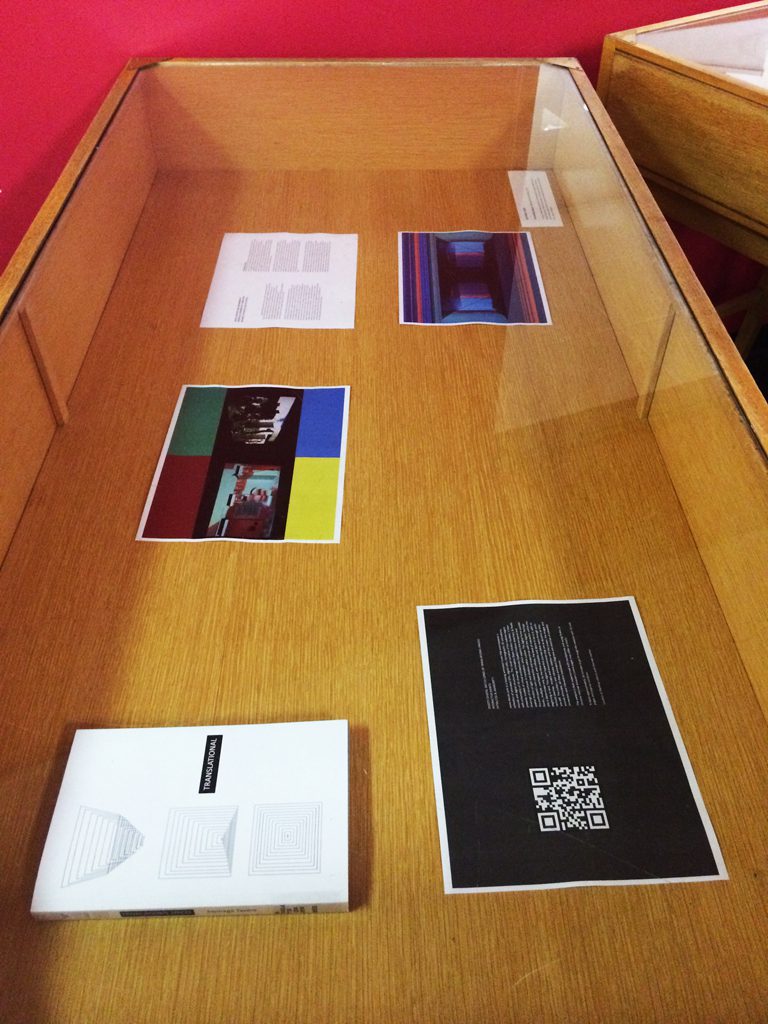
From December 5 to 7, 2018, the Climate Clock was projected at the corner of De Maisonneuve Boulevard and MacKay Street, thanks in part to Elastic Spaces member, Damon Matthews, professor in the Department of Geography, Planning and Environment and Concordia Research Chair in Climate Science and Sustainability.
The Climate Clock is a visualization tool developed by Matthews and David Usher, founder of the Human Impact Lab. It harnesses data, art, technology and interactivity to add to the conversation about climate change. “If greenhouse gas emissions continue to increase, we will reach 1.5°C of global warming in less than 16 years. This is the direction we’re headed right now, but it’s important to stress that this is not the direction we need to take,” Matthews says. “There are actions all of us can take to reduce our carbon emissions and add time to the clock.” The projection of the clock coincided with COP 24, a United Nations climate change conference in Poland. The event also marked the release of new data about carbon emissions, to be published by the Global Carbon Project.
For more information, check out the link below!




